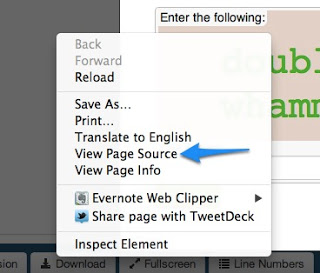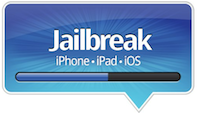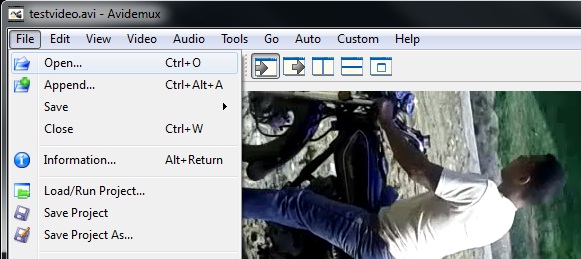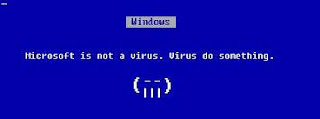You may have, on occasion, require the use of plain text for links, ASCII art or just a simple list. Because plain text is often hard to work with in the active web, there are sites like Tinypaste. The trouble is, Tinypaste will sometimes keep you from the text you want to see and force a number of surveys on you (like those shown above). This stuff is bogus, so you’ll want to just completely skip it. I’ll show you how.
Drive Space. On a computer’s boot drive this is often in short supply. Even moire so these days with small Solid State (SSD) options and RAID partitioning of a large data set. Leaving too little room for the boot drive is a common mistake. So, while you’re looking at that boot drive, you notice that […]
In this case I’m upgrading an already jailbroken 5.0.1 iPhone 4S to iOS 5.1.1 using a Mac. The jailbreak and tools are specific, but I think that this process will apply to other iOS devices like iPads as long as a jailbreak for the iOS version you’re upgrading to exists.
I’m always looking for interesting challenges, and this one is no different. I came across this question in Microsoft’s Answers forum and I was intrigued. Windows Easy Transfer is actually pretty good for migrating user accounts and pulling out settings, but what if you wanted to use this tool to attempt a full user profile backup (to disk) at regular intervals? Is it even possible in any reliable way to do this?
Choosing this sort of solution for an office of OS X machines may be a no-brainer, but, what if you wanted to run a network of Windows computers on this server? Would it stack up well to what Microsoft offers? Does it offer the kinds of things you might expect from a Windows Server? Let’s take a look.
How do you easily rotate my videos so you can post them on sites like Youtube? Well, you’ve come to the right place; I’m going to show you how to use your Windows computer to rotate those videos EASY.
So, it should come as no surprise that I’m quite interested in what can be done to combat threats on a Windows computer with tools you already have. Today I’m going to look at three tools you’ll find on most any Windows flavour out there: Windows XP, Windows Vista, and Windows 7. Namely, wmic and taskkill. This is going to be more of a beginning overview of how you might use these tools to identify and stop a rogue application on your computer
When you’re in this business of fixing and maintaining technology – one of the most common questions you’ll be asked is “What do I look for in a new computer?”. While I’m usually obliged to ask for more about the prospective computer in question – sometimes the brand names come up and sometimes it’s just a general question because the customer wants to buy a new one. Coming to me (the IT Guy) is a good step and a worthwhile use of time, but without me, what kind of stuff can you do to find the computer that’s best for you?
So, you’ve cleaned an infected Windows PC and yet some stuff still lingers. You can’t right click on the desktop, you can’t get into task manager and you just know that a host of other policy related stuff is going on. Often, with Virus Scanners, they’re adept at removing files and folders, but they’ll leave behind things like registry settings (often taking the form of Group Policy changes). These settings can be just as harmful as the initial infection itself.
You want to explain what’s happening, but you’re no technology expert, right? Well, I want to let you in on a very important little secret. How you describe your issue and the questions you ask are essential to correcting your issues. Here, let me show you how to master this very important skill.











